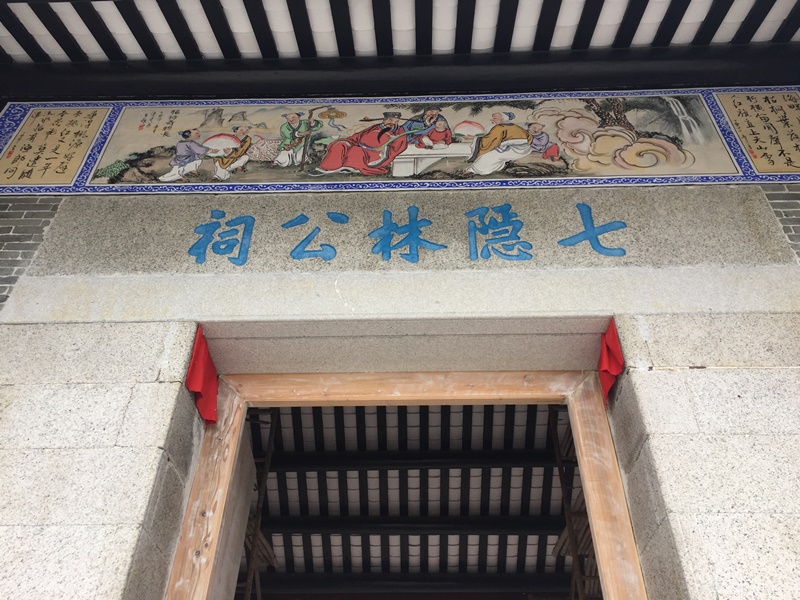The History


The Shizui (Shagang) Lam’s Family Temple located in Donghouli, Shizui Village, Luokeng Town, Xinhui District, Jiangmen City, Guangdong Province, and formerly known as Honour Ancestral Hall (崇報祠) with a history of more than 900 years. It was rebuilt in the 1733 (The 11th Year of Emperor Yongzheng of Qing Dynasty), and completed in 1738 (the 3rd Year of Qianlong), and renamed as Guanglu Zuyu (光祿祖祠 – Guanglu Ancestral Hall) in 1764 (the 29th Year of Emperor Qianlong). In was reconstructed in the year 1895 (The 21st Year of Guangxu) and accomplished in 1897, and rechristened as The Lam’s Temple.
The temple is sitting on the South and facing the North. It consists of a front door, the central hall, the back hall, two porches and two corridors, two roads of room and a rear building. The total area of the temple covers 1471 square meters. On the left, it is Jinshan Ancestral Hall (附祠金山祖祠), with a building area of 396 square meters. The main ancestral hall and the Jinshan have a total of 6 plaques from Qing Dynasty embedded on the wall, the inscriptions are clear to read and meaningful to our culture. The construction size is quite big, and the craftsmanship of the building is magnificent. The ancient plaques engraved about the history that has high cultural value.
In 2012, the Guangdong Provincial People’s Government announced the construction is part the Guangdong cultural relic. The protection zone: East and West are the edge of the building, extended 28 meters to the North and 15 meters to the South, with total area 3300.73 square meters.
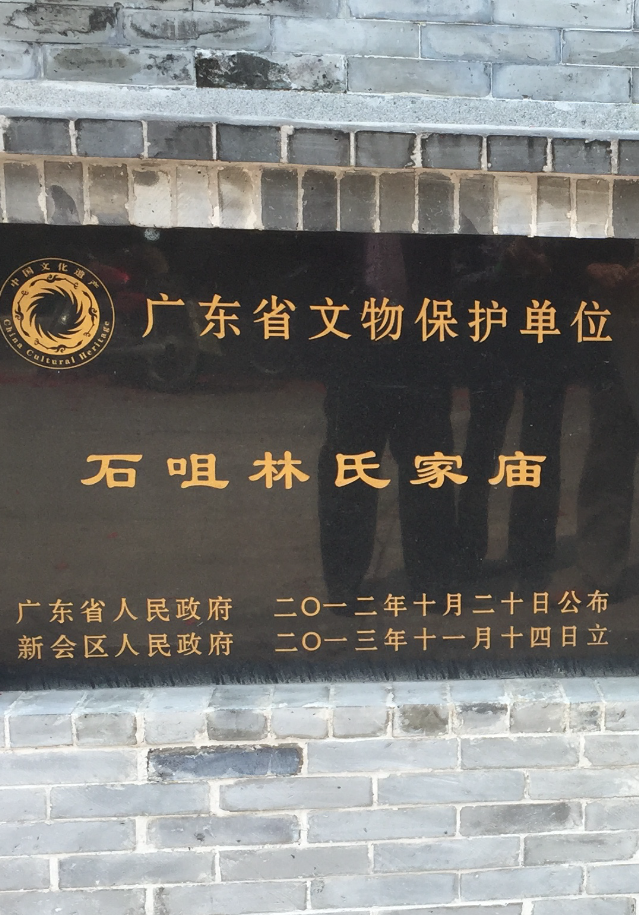
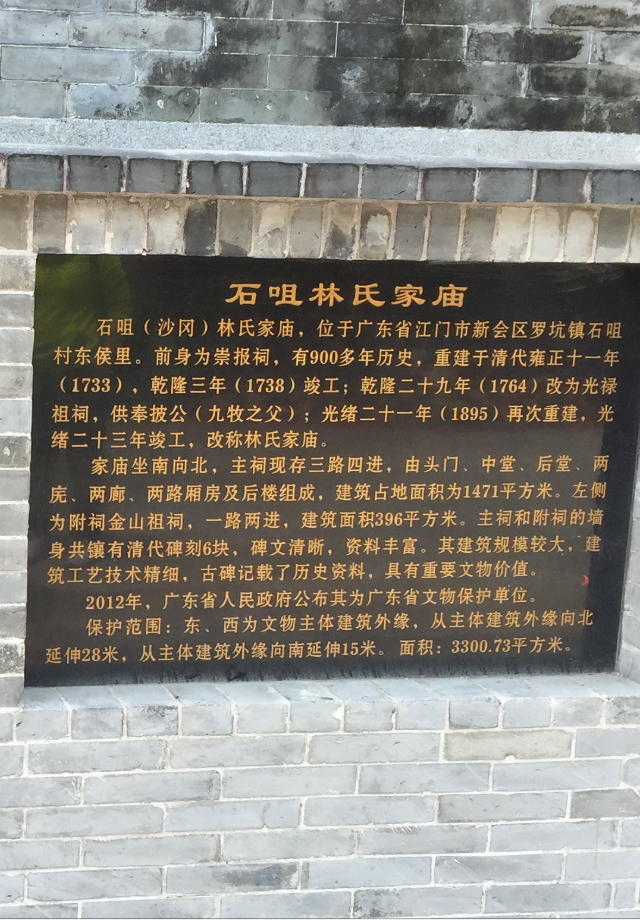
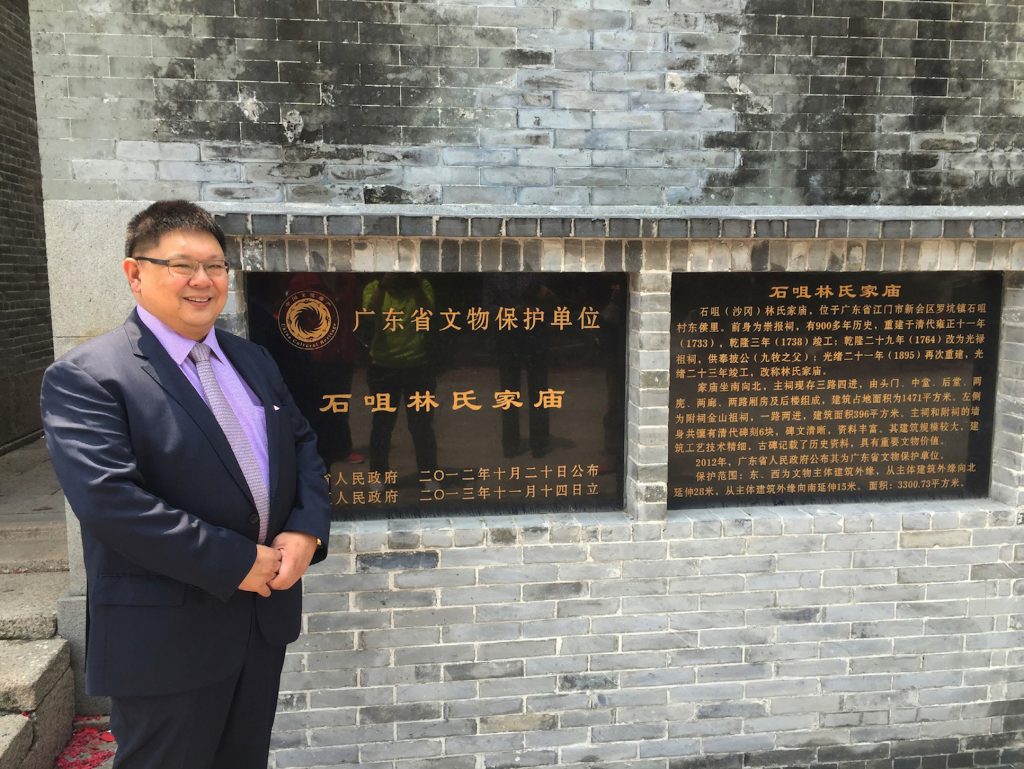
The Origin
Temple, family temple and public ancestral hall are for people to worship gods, or pay respect to the predecessor in the family. The ancestors built and name the temple, a different name has their own meaning. We can find the truth in history by gathering more information and investigation.
In the recent example, we build memorial halls specific for our father of the country, the great leaders, such as Sun Yat-Sen (孫中山) and Chairman Mao (Mao Zedong 毛澤東). For the lower hierarchy one, we have a memorial hall for all famous people who have contributed to the founding of the country. In the past, during the dynasty period, offering ritual has a hierarchy system. For example, the Royals have commemorated ancestral halls; only the meritorious statesman and senior officials that have title bestow by the emperor can have a family temple. According to Lam’s pedigree book, during Song Dynasty, Lam family’s ancestor sat through the imperial examination*, and be a part of the higher rank senior officials, and made contribution to the country. The Lam’s ancestors served the public and had a noble title bestow by the emperor, they were also legit to attend the imperial council meeting with other high-rank officials. Once they earned a family title, they build a family temple known as the Lam’s Family temple. This is the origin of the temple.
Note:
Imperial examination: a civil service examination system in Imperial China to select candidates for the state bureaucracy during the dynasty period.
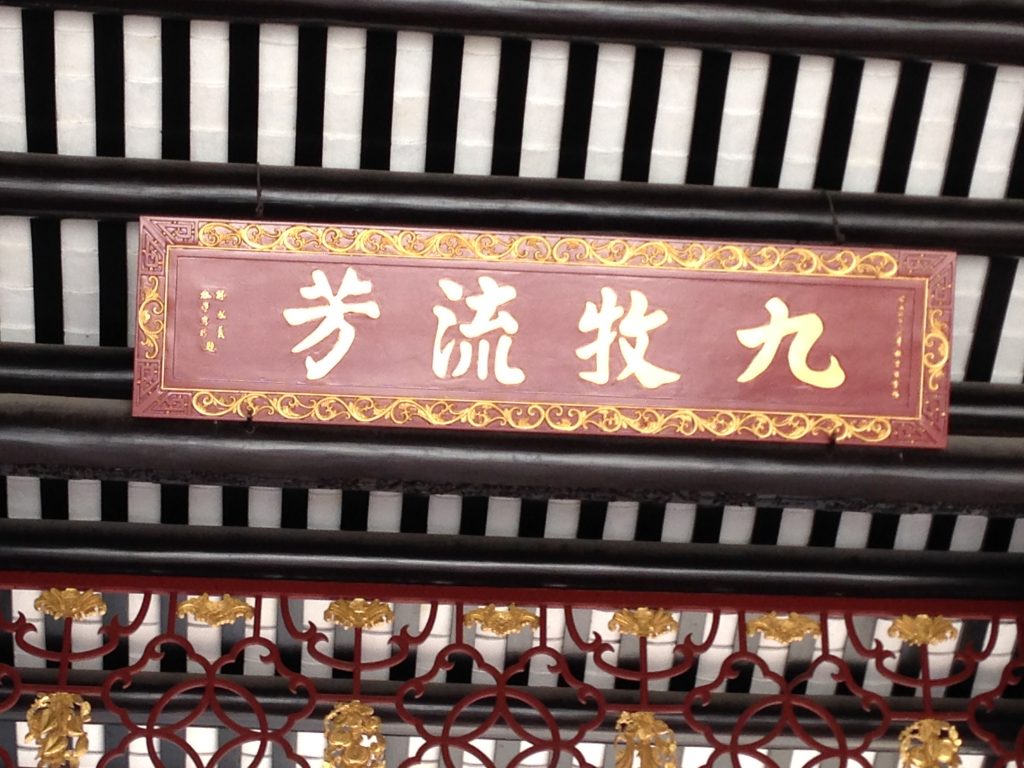
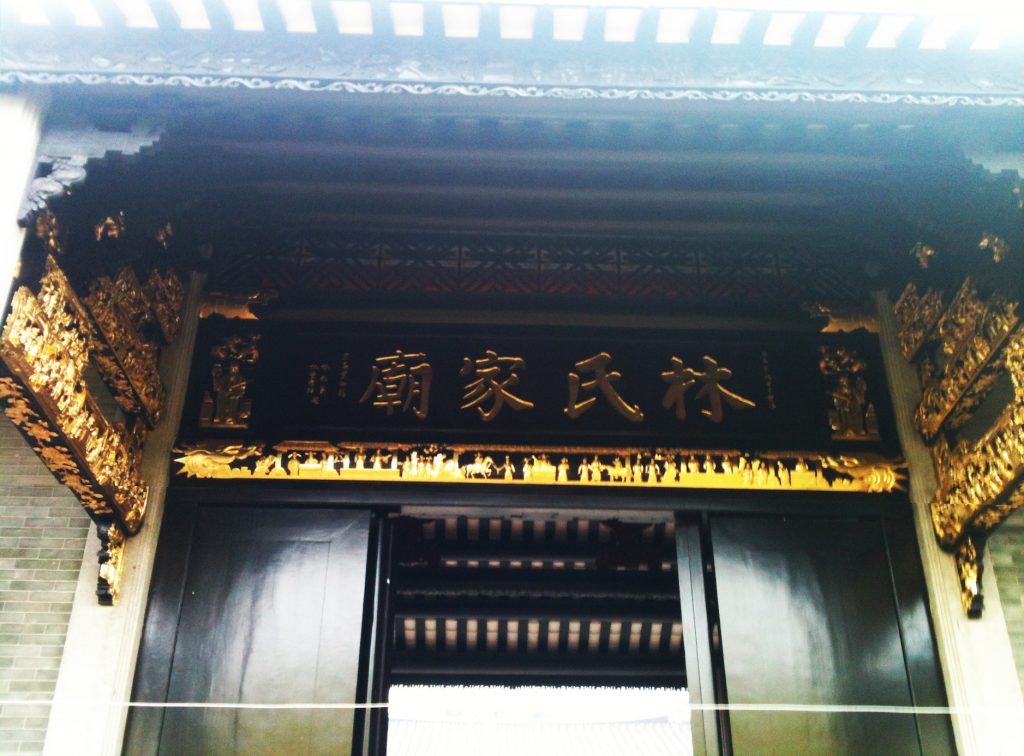
Inner Structure
The Lam’s Family Temple has 5 building blocks connected with a patio with two stone alleys on the sides all the way to the rear rooms. There is a mountain behind the building, you have to walk from the front door to the main hall, each hall has its own screen doors, and the indoor has four main round pillars. The ceilings are carved with paintings, rigorous structure, the stairs are granite stones, and the floor paved with red bricks. There is a small hall next to two sides of the central hall, and an abundance of rooms on each side. The alleys of the patio have wall painting, and the main entrance staircase has two stones lions on the side. However, the wall painting and the small lion’s statues were destroyed during the Cultural Revolution. You will be impressed when you come and visit The Lam’s Family Temple.
